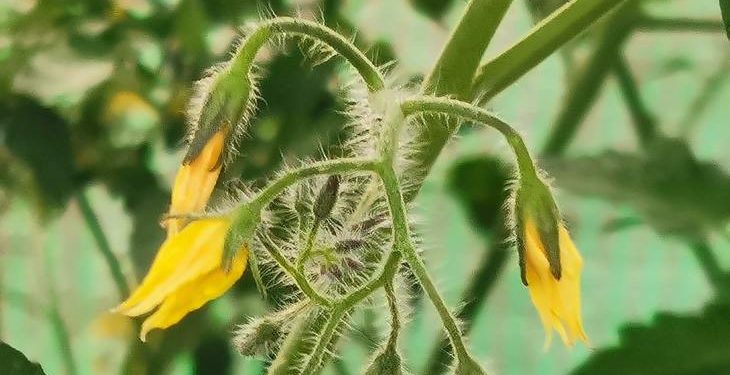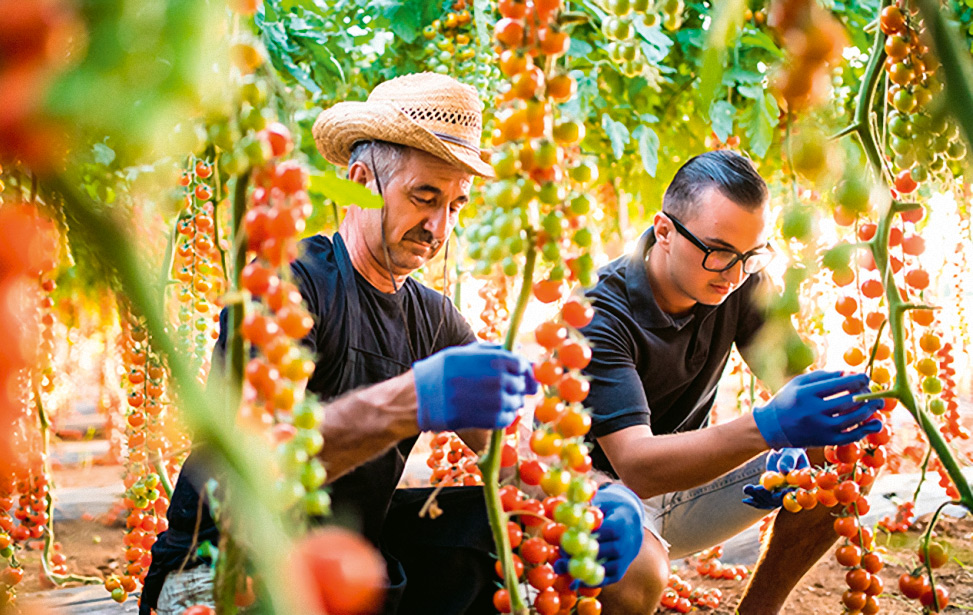The use of biological control agents to protect greenhouse crops has proven effective
Heijo Dodde writes about this in an article on the portal www.nieuweoogst.nl.
According to the latest data available from Statistics Netherlands (CBS), greenhouse crop pests, including spider mites, were managed organically in 95 percent of the area in 2020. The data follows from a survey in which 1,315 greenhouse farms in the country took part.
For example, the share of biological control in greenhouses in the Netherlands was 92 percent in 2016, compared to 78 percent in 2012. For each of the nine crops studied in 2020, biological control was applied to at least 75 percent of the cultivated area. By 2020, almost all greenhouse cucumbers, peppers and tomatoes were grown indoors without pesticides.
In greenhouse strawberry cultivation, the use of biological control agents has increased dramatically from 58 percent in 2016 to 98 percent in 2020.
Ornamental crops such as roses, gerberas and chrysanthemums also account for more than 90 percent of the area covered by biological control in 2020. According to Statistics Netherlands, only potted plants – flowering and leafy – lag behind by 75% and 81% respectively.
Four main groups of biological control agents are used for pest control in the greenhouse sector in the Netherlands.
Approximately 52 billion predatory mites and predatory thrips were introduced in 2020, almost five times more than in 2016. The use of these biological control agents has increased mainly in indoor strawberry cultivation (from 54 percent in 2016 to 98 percent ) and gerberas (from 68 to 98 percent). Predatory mites play a less important role in tomato cultivation. Parasitic wasps are more relevant there.
The number of parasitic wasps and gall midges of Aphidimiz for greenhouse release was 2.4 billion, more than double the number in 2016. Parasitic wasps and gall midges were used in 2020 on 74 percent of the total area of nine greenhouse crops. In 2016, this figure was 67 percent. These biological control agents are widely used on peppers, tomatoes and gerberas.
The number of placed entomophages of the third group of predatory bugs, lacewings and hoverflies, as well as predatory beetles is much lower – 0.2 billion, but still more than twice as much as in 2016.
The use of predatory bugs, lacewings, hoverflies and predatory beetles in Dutch greenhouses has increased from 54 percent of the area in 2016 to 61 percent in 2020. In pepper cultivation, this group of insects is used for pest control in 98 percent of the area, followed by tomatoes – 93 percent. The use of these biological control agents has also increased dramatically in greenhouse roses, from 25 percent in 2016 to 56 percent in 2020.
The fourth group of biological control agents are nematodes. They are used in relatively large quantities in the greenhouse industry. According to 2020 data, about 5.202 billion useful nematodes were placed.










